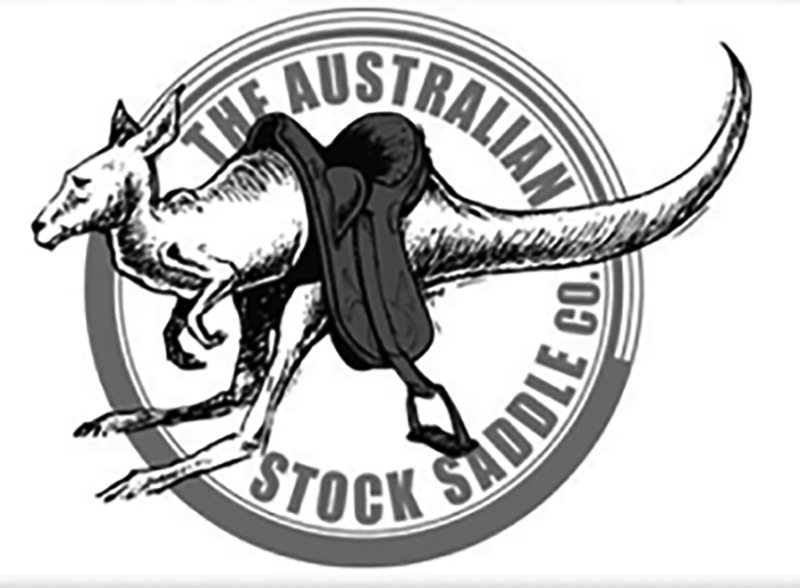A Saddle Fitting Rebuttal by Colin Dangaard
Western Horseman magazine
July 2019 issue
A response to an article, which the magazine declined to print.
I take issue with some advice given on saddle fitting by your experts in the July issue.
I have been fitting saddles to all breeds for well onto four decades on every continent, doing it almost every day, often five times a day, sometimes dozens a day, remotely. That is tens of thousands of saddles I have fitted personally.
Today sometimes I am wrong, but it is rare. No credit to my intelligence. I am sure an orangutan could do the same if he did it as much; maybe better, and that’s a humbling thought.
In your article, saddle maker Troy West of Azle, Texas, talks about a customer’s saddle putting “hickies” on his horse. West observed one side of the horse was higher than the other side.
His conclusion: “He needed a horse with better conformation.”
My response: This rider needed a saddle maker who could make the necessary correction in the saddle, so it would perfectly fit this “unbalanced” horse, a common anomaly. I make such corrections routinely.
Regarding saddle trees, Troy advances that “most western saddle makers aim to build on their ‘best average.’”
My response: It is as unacceptable to produce an “average tree” to fit all horses as it would be for shoe manufacturers to produce an “average shoe” to fit all people. The shoe has to fit exactly. And so must the saddle. I have yet to find a saddle – any saddle -- that I cannot alter to fit a particular horse. But yes, there are some saddles, and some horses, that are not worth the trouble.
Saddle maker West also talks about the need for “quality trees.”
My responses: Quality of tree, or quality of anything else in a saddle, has nothing to do with “saddle fit.” They are different issues. Horses are not impacted by quality, only fit.
There are two pictures of the same Western saddle on the same horse. One picture has the saddle forward. It is marked “INCORRECT.” The other picture has the saddle so far back the end of the saddle is actually on the rump of the horse, with a gap under the back. The front is bearing down on the withers. This picture is marked “CORRECT”. Obviously the captions were inadvertently switched, because the saddle marked incorrect is in my experience correct.
My response: All saddles should be placed more forward than you feel they ought to be, then cinched firmly. Walk the horse for one minute and the saddle will find its CORRECT place because the scapula will have finished its backward movement. Two inches back, the scapula disappears UNDER the leading edge of the saddle and the saddle stops going back. Now it is in the right position for that horse and that saddle. You can test this theory yourself. Mark the rear edge of the scapula with chalk, lift the front leg, pull it forward and watch the scapula disappear under the surface IN ABOUT TWO INCHES. There is actually no way to keep a saddle so far forward that it will interfere with either the shoulder mass or the scapula. These anatomical components are simply too powerful. The saddle, like water, will find its lowest level, while the cinch has also tightened because as the saddle moved back, the circumference of the horse grew. All trees should have a flare to the front so there are no blunt points of contact in the wither area during this backward progression. If the saddle keeps going back, there IS a problem with fit.
Saddle maker West cautions that leather thongs holding the underside of Western saddles to the tree must be flush with the bottom of the tree to prevent bumps causing soreness.
My response: Why not copy English and Australian saddles and design panels that SLIP ONTO TREES, then are fixed in place with perimeter screws. No possible bumps there.
Saddle maker Troy West gives sound advice on the conservative use of padding, but saddle maker Gary Swartz, from Salmon, Idaho, moves into doubtful advice on girth tightness when he suggests “five pounds of pressure, use that and no more, no less.”
My response: It is highly unlikely five pounds of pressure will hold in place an over-padded heavy Western saddle ridden by a lady who is 180 lbs and 5’4” when the horse ducks and turns at a flat gallop. That saddle will roll, she will hit the ground, the terrified horse will run off, a saddle “eating” its belly, go through a barbed wire fence, fall on the freeway and six people will die. Maybe the rider is dragged and also dies. A cinch as tight as arthritic hands will allow might have saved the day. Loose cinches are a recipe for catastrophic disaster.
The experts in this article, master saddle makers all, seem to be catering to Western performance, like roping and barrel racing. But most who ride western saddles do not perform. They trail ride. Maybe one percent has roped something, anything, in their entire lives. Making saddles and fitting saddles are two distinct but related arts. A master violin maker is rarely a master violinist.
The solid gold in this article is the line from the author Christine Hamilton, who says: “Use common sense and pay attention to what your horse tells you.”
My response: Brilliant. When somebody is having saddle fit problems my first question is: what does your horse think? The opinion of the horse is clear and ever present. Horses never lie. And they’re not trying to sell something. Never met one yet with a credit card.














